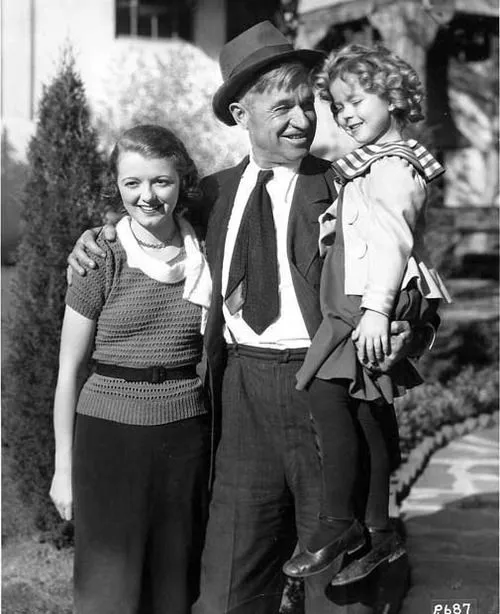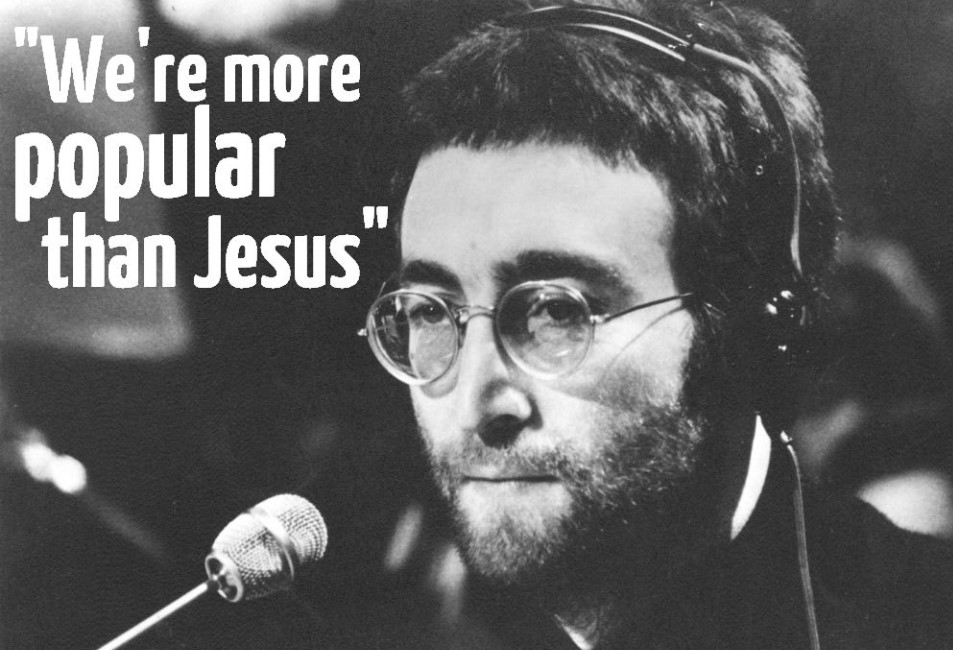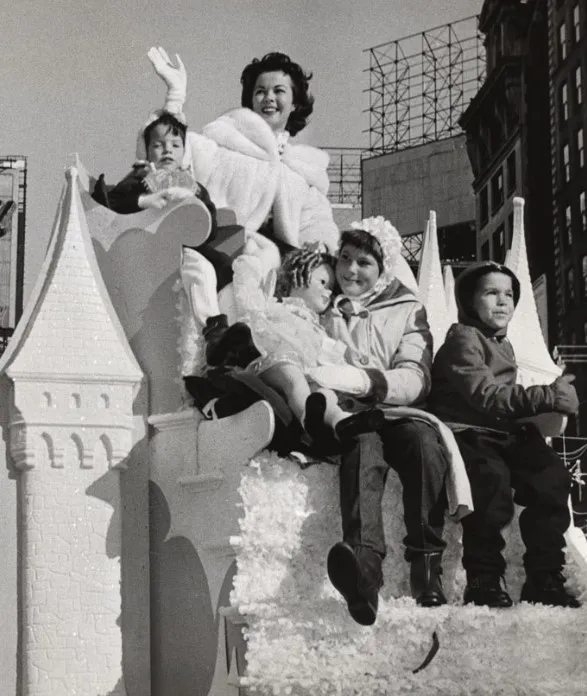Hollywood is captivated by a six-year-old whirlwind named Shirley Temple. With her infectious smile, golden curls, and undeniable tap-dancing talent, she has taken the film industry by storm. Behind the scenes, shaping her signature routines and guiding her boundless energy, stands choreographer Jack Donohue.

Donohue, a veteran of vaudeville and Broadway, wasn't initially drawn to working with children. However, after witnessing Temple's raw talent at a talent show, he recognized a star in the making. He became her mentor, choreographer, and, according to some accounts, even a paternal figure.
Their collaboration was a stroke of genius. Donohue, known for his innovative choreography that blended classic tap with playful routines, perfectly complemented Temple's natural charisma. He understood how to showcase her strengths, crafting routines that were both technically impressive and age-appropriate. Imagine the iconic Shirley Temple tap number: her patent leather shoes click-clacking a rhythm that belied her tender age, her pigtails bouncing with each pirouette. That's Donohue's genius at work.

One can only imagine the dynamic between the two. Donohue, with his years of experience, must have tempered his approach to match Temple's boundless energy. Here was a child who thrived on attention and possessed an innate sense of rhythm. Donohue's job wasn't just about teaching steps, but about nurturing a burgeoning talent and channeling it into routines that captivated audiences.
Their films, such as "Bright Eyes" (1934) and "Stand Up and Cheer!" (1934), became box office hits in large part due to Temple's captivating performances. Donohue's choreography wasn't simply background noise; it was an integral part of Temple's on-screen persona. The playful tap routines, often featuring oversized shoes and playful costumes, became synonymous with the "Shirley Temple" image.

However, their collaboration wasn't without its challenges. Temple's demanding schedule, coupled with the pressure to maintain her box office success, meant long hours and rigorous training. Donohue, while known for his patience, likely faced the delicate task of pushing Temple to excel while ensuring she didn't burn out.
Despite the challenges, their partnership flourished for several years. They created iconic film moments that continue to resonate with audiences today. Who can forget the heartwarming scene in "Curly Top" (1935) where Temple and Bill Robinson, another legendary tap dancer, share the screen in a dazzling display of hoofing prowess? Donohue, the man behind the scenes, played a crucial role in crafting this unforgettable moment.
As Temple matured, their collaboration eventually came to an end. By the late 1930s, she began transitioning to roles that demanded less dancing and more acting. Donohue, however, continued to choreograph for other child stars and musicals throughout his career.

The legacy of Shirley Temple and Jack Donohue is undeniable. They redefined what it meant for a child star to captivate audiences. Donohue's innovative choreography, coupled with Temple's infectious energy, created a cinematic magic that continues to entertain generations. Their partnership serves as a reminder of the power of collaboration, where talent meets guidance, and the result is something truly remarkable.
However, their story also raises questions about the pressures faced by child stars. The grueling schedules and intense training that fueled Temple's success raise concerns about the well-being of young performers. Their story serves as a reminder of the delicate balance between nurturing talent and protecting childhood innocence.
Despite these complexities, Shirley Temple and Jack Donohue remain an iconic duo in Hollywood history. Their collaboration not only left a lasting mark on film but also serves as a testament to the power of dance, mentorship, and the sheer joy of performance.



